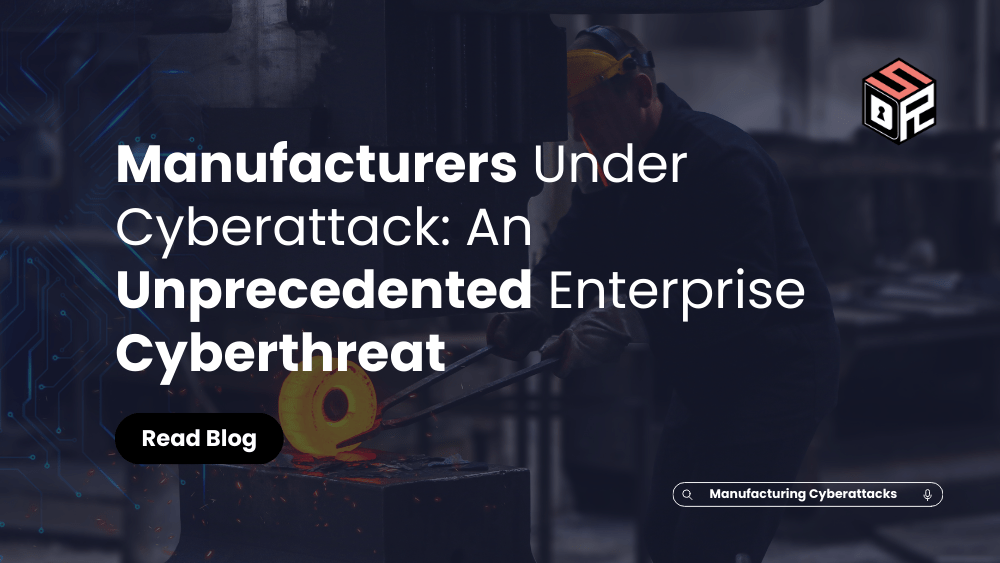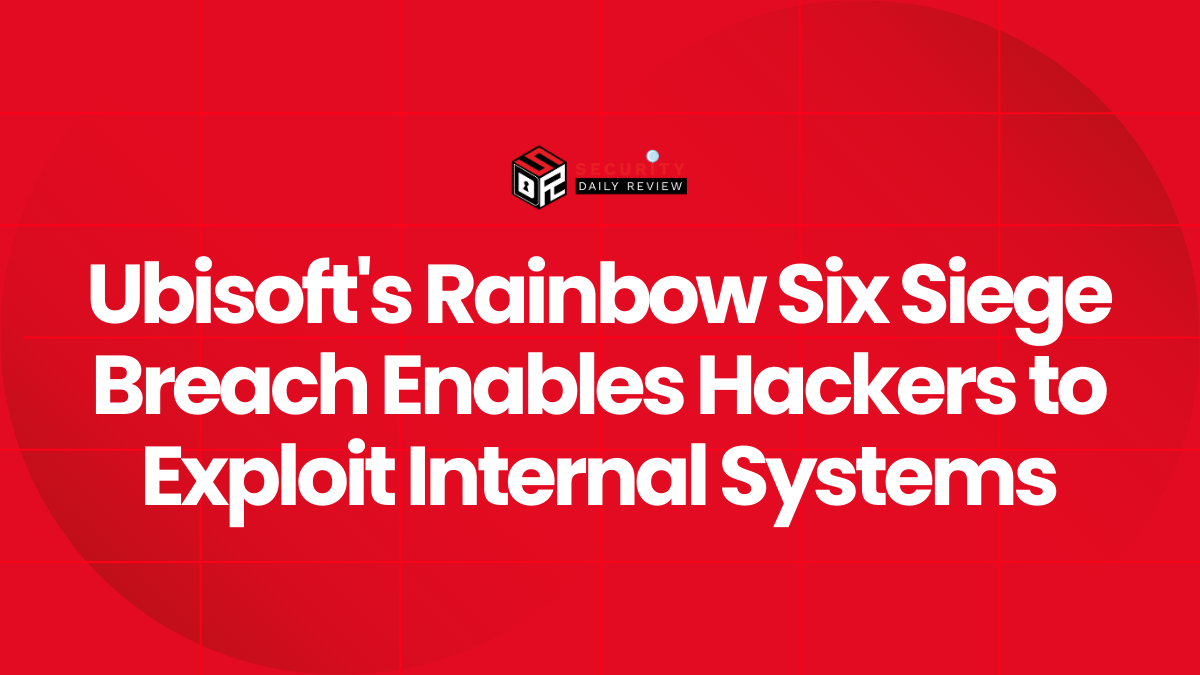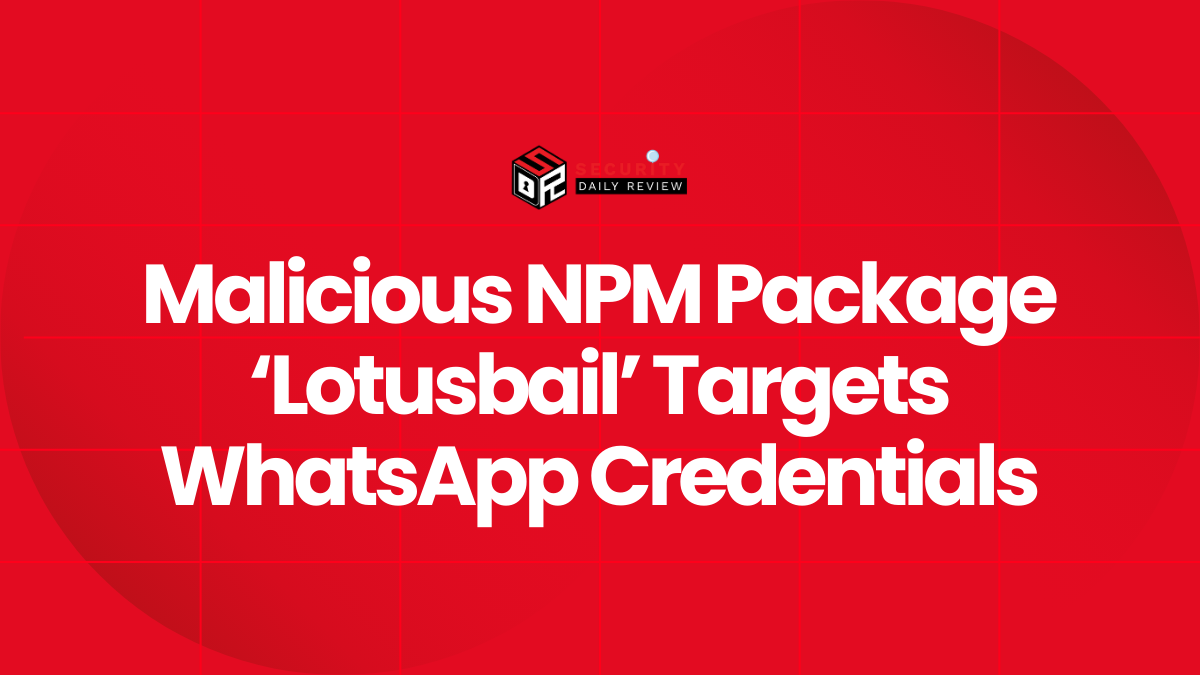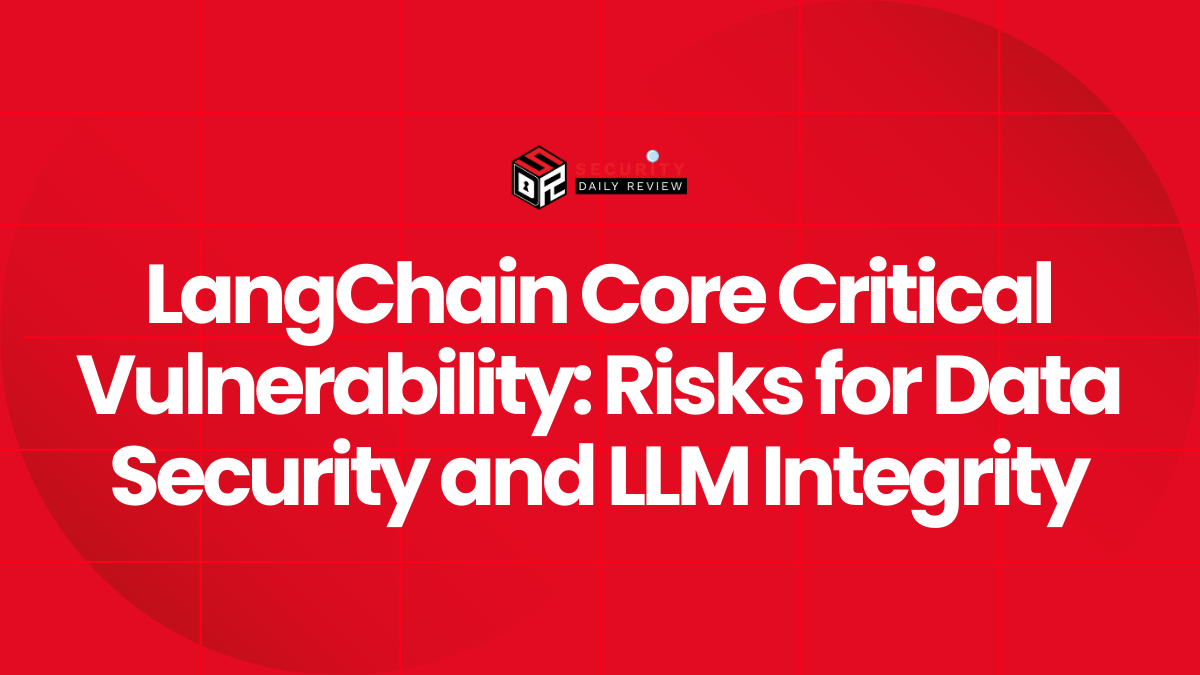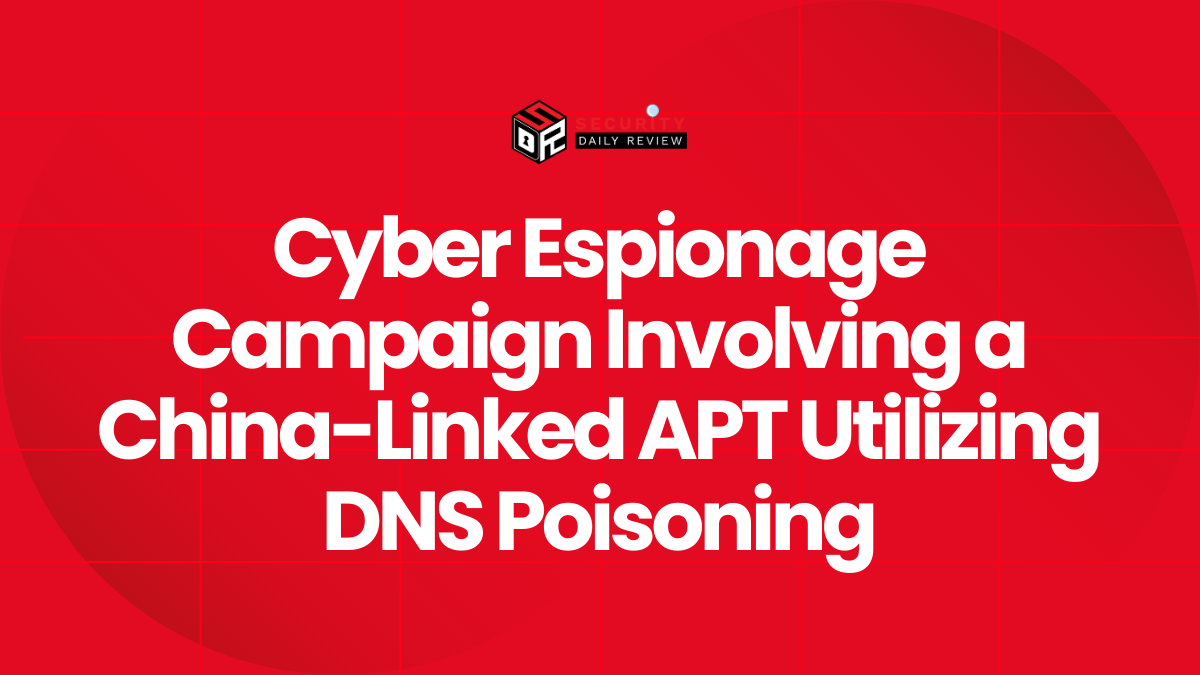The manufacturing industry, the backbone of global commerce and national economies, is under siege. A recent report by KnowBe4 reveals a stark reality: manufacturers are facing cyberattacks at an unprecedented rate, exceeding all other sectors. This alarming trend demands immediate attention from enterprise businesses within the manufacturing sector, necessitating a comprehensive understanding of the threats, vulnerabilities, and effective mitigation strategies.
This blog post will dissect the issue, providing insights into why manufacturers are such attractive targets and offering practical steps to enhance cybersecurity posture.
Cyberattacks on Manufacturing Reach Record Highs: The Alarming Statistics
KnowBe4’s research paints a grim picture.
Cyberattacks against manufacturing companies have reached record highs, accounting for a staggering 25.7% of all reported cyberattacks in the manufacturing sector. This represents a significant increase from 24.8% the previous year. The sheer volume of attacks targeting this sector dwarfs those against finance and insurance (18.2%) and professional, business, and consumer services (15.4%), highlighting the urgent need for proactive security measures.
Furthermore, the report underscores the alarming trend of ransomware disclosures. Manufacturing accounted for a shocking 39% of all published ransomware data disclosures, a 56% increase year-over-year. This indicates not only the frequency of attacks but also the willingness of attackers to publicly expose compromised data from manufacturing firms.
Why Manufacturers Are Prime Cyberattack Targets
Several factors contribute to the manufacturing sector’s vulnerability:
- High Ransom Payment Likelihood: Manufacturers are significantly more likely to pay ransoms compared to other industries. This is largely due to the critical reliance on operational technology (OT) networks for production. Any disruption to these networks can lead to significant financial losses, production halts, and damage to reputation. The pressure to maintain operational continuity often outweighs the risks associated with paying a ransom.
- OT Network Vulnerabilities: The integration of OT and IT systems, while crucial for efficiency, creates a larger attack surface. Many OT systems are legacy systems with outdated security protocols, making them vulnerable to exploitation. The interconnected nature of modern manufacturing also allows attackers to move laterally through networks, causing widespread damage.
- Market Pressures: Production outages resulting from cyberattacks can lead to product shortages, loss of customers to competitors, and the influx of counterfeit products. These market pressures incentivize manufacturers to pay ransoms to restore operations quickly, even at a significant cost.
- Sophisticated Attack Techniques: Cybercriminals are constantly refining their techniques, employing increasingly sophisticated methods to infiltrate networks and harvest data. These advanced attacks often bypass traditional security measures, making it crucial for manufacturers to adopt multi-layered security strategies.
The Devastating Consequences of Cyberattacks on Manufacturing
The consequences of a successful cyberattack on a manufacturing company can be catastrophic:
- Financial Losses: Direct costs include ransom payments, recovery efforts, forensic investigations, and potential legal liabilities. Indirect costs encompass lost production, damaged reputation, and loss of customers.
- Operational Disruptions: Production halts can cripple operations, leading to significant financial losses and delays in meeting customer demands. This can have a ripple effect throughout the supply chain, impacting other businesses.
- Reputational Damage: Public disclosure of a data breach can severely damage a company’s reputation, leading to loss of customer trust and potential legal repercussions.
- Legal and Regulatory Compliance Issues: Failure to comply with data privacy regulations, such as GDPR or CCPA, can result in hefty fines and legal action.
Case Studies: Real-World Examples of Attacks on Manufacturers (2023 – 2024)
The following case studies, drawn from publicly reported incidents, highlight the diverse nature and significant impact of cyberattacks on the manufacturing sector. It’s crucial to remember that many incidents go unreported, suggesting the true scale of the problem is far greater. These examples demonstrate the wide range of targets, attack vectors, and consequences manufacturers face.
- Volkswagen (2010-2015, Publicly Reported April 2024): This long-running attack resulted in the theft of intellectual property, including sensitive data on gasoline engines, transmissions, fuel cells, and electric vehicle initiatives. At least 19,000 documents related to R&D were exfiltrated, potentially costing the company millions, if not billions, in lost development time and market advantage.
- Nexperia (March 2024): The semiconductor manufacturer was targeted by the Dunghill Leak ransomware group. The attackers threatened to release design, product, engineering, commercial, and marketing data, as well as confidential personnel and client files. Clients named included major tech companies like SpaceX, IBM, Apple, and Huawei, underscoring the potential for widespread disruption across the supply chain.
- Hoya Corporation (March 2024): Hunters International ransomware group claimed responsibility for breaching Hoya Corporation, allegedly stealing 1.7 million files. The attack led to a shutdown of systems, halting production and sales activities. The global impact was significant, with labs worldwide unable to process orders for a period.
- Duvel Moortgat (March 2024): This family-controlled brewery experienced a ransomware attack by the Stormous group, resulting in a production halt and the theft of 88 gigabytes of data. The swift shutdown of systems, in accordance with their incident response plan, minimized the ransomware’s spread, but the production disruption and data loss still caused significant disruption.
- ThyssenKrupp Automotive Body Solutions (February 2024): Although a ransomware attack was detected and prevented from fully encrypting systems, the company proactively shut down systems as part of its incident response plan. This proactive measure, while causing temporary production downtime, prevented wider damage.
- VARTA (February 2024): This battery manufacturer proactively shut down IT and production systems across all five of its global production sites due to a security incident. While the exact nature of the threat isn’t fully detailed, the proactive shutdown prevented potential widespread damage.
- Yanfeng (November 2023): The Chinese automotive parts manufacturer experienced a data breach and production halt in North America due to a ransomware attack by the Qlin group. The attackers published sensitive data, and the resulting supply chain disruption led to a $26 million legal claim from Stellantis. This case illustrates the significant financial repercussions of ransomware attacks, including legal disputes and supply chain disruptions.
- Clorox (August 2023): A ransomware attack on Clorox led to production halts and a supply shortage. The recovery costs exceeded $50 million, highlighting the substantial financial burden of these incidents. Even without direct ransomware encryption of production systems, the disruption to supporting systems caused significant operational challenges. This emphasizes the interconnectedness of systems and the potential for widespread impact even when the primary target isn’t directly affected.
These case studies demonstrate the breadth and depth of the cyber threat facing manufacturers. The consequences extend beyond immediate financial losses to include reputational damage, supply chain disruptions, and legal liabilities. A proactive and comprehensive approach to cybersecurity is no longer optional; it’s essential for survival in today’s increasingly hostile digital environment.
The Role of the Chief Information Security Officer (CISO)
In this challenging landscape, the role of the CISO in a manufacturing company is paramount. CISOs must lead the charge in developing and implementing comprehensive cybersecurity strategies. This involves:
- Risk Assessment and Prioritization: Conducting thorough risk assessments to identify vulnerabilities and prioritize security investments based on the likelihood and impact of potential threats.
- Security Awareness Training Programs: Developing and implementing robust security awareness training programs for all employees, focusing on phishing awareness, password security, and safe browsing practices.
- Collaboration and Communication: Establishing strong communication channels with IT, OT, and business units to ensure seamless collaboration and information sharing.
- Staying Ahead of the Curve: Continuously monitoring the evolving threat landscape and adapting security measures accordingly. This includes staying informed about emerging attack vectors, vulnerabilities, and best practices.
- Incident Response Planning: Developing and regularly testing comprehensive incident response plans to ensure a swift and effective response to security incidents.
Impact of AI and Machine Learning in Cybersecurity for the Manufacturing Industry
The adoption of advanced technologies like AI and machine learning offers opportunities to enhance cybersecurity defenses. AI-powered security solutions can automate threat detection and response, analyzing vast amounts of data to identify anomalies and potential threats in real-time. Machine learning algorithms can be trained to recognize patterns and predict future attacks, enabling proactive mitigation strategies. However, these technologies also introduce new challenges, as attackers may attempt to exploit vulnerabilities in AI systems themselves. Therefore, a balanced approach is required, combining advanced technologies with traditional security measures to create a robust and adaptable security posture.
Government Regulations and Industry Standards
Governments worldwide are increasingly recognizing the importance of cybersecurity in critical infrastructure sectors, including manufacturing. Regulations and industry standards are being developed to mandate specific security measures and promote best practices. Compliance with these regulations is crucial for manufacturers, not only to avoid penalties but also to demonstrate a commitment to cybersecurity and protect their operations. Staying informed about evolving regulations and industry standards is essential for maintaining compliance and minimizing risks.
The Future of Cybersecurity in Manufacturing
The cybersecurity challenges facing the manufacturing sector are not likely to diminish in the near future. As digitalization and automation continue to advance, the attack surface will only expand, creating new vulnerabilities. The increasing reliance on interconnected systems and the Internet of Things (IoT) further complicates the security landscape.
The Manufacturers must embrace proactive security strategies, investing in advanced technologies and skilled personnel to defend against these evolving threats. Collaboration within the industry and with government agencies is crucial to sharing threat intelligence and developing effective countermeasures. This collaborative approach will be essential in mitigating the risks and ensuring the continued resilience of the manufacturing sector.
Conclusion
The unprecedented surge in cyberattacks targeting manufacturers demands immediate and decisive action. This blog post has highlighted the alarming statistics, the underlying reasons for this trend, the devastating consequences of successful attacks, and the crucial steps manufacturers must take to enhance their cybersecurity defenses. By adopting a proactive and comprehensive approach, investing in advanced technologies, fostering a culture of security awareness, and collaborating with industry partners and government agencies, manufacturers can significantly reduce their vulnerability and protect their businesses from the devastating impact of cyberattacks. The future of manufacturing depends on its ability to effectively address these challenges and build a resilient and secure digital ecosystem.
FAQs:
Q: Are manufacturers really the most targeted industry for cyberattacks?
A: Yes, according to KnowBe4 research, manufacturers are currently the most frequently attacked industry, exceeding even finance and insurance sectors in the number of reported cyberattacks.
Q: Why are manufacturers so likely to pay ransoms?
A: The critical reliance on operational technology (OT) networks and the potential for severe production disruptions make manufacturers more willing to pay ransoms to restore operations quickly, despite the risks.
Q: What are the most effective ways to protect against cyberattacks targeting manufacturers?
A: A multi-layered approach is crucial, including robust network segmentation, regular security assessments, employee training, advanced security technologies, and a comprehensive incident response plan. Regular software updates and patching, data backups, and multi-factor authentication are also essential.
Q: What specific technologies should manufacturers invest in to improve their cybersecurity?
A: Manufacturers should consider investing in advanced technologies such as intrusion detection and prevention systems (IDPS), endpoint detection and response (EDR) solutions, security information and event management (SIEM) systems, and AI-powered security analytics platforms. These technologies can help detect and respond to threats more effectively.
Q: How can manufacturers improve their employee security awareness?
A: Regular security awareness training is crucial. This should include simulated phishing attacks, training on recognizing social engineering tactics, and education on safe browsing practices. Regular updates and reinforcement are key to maintaining a high level of awareness.
Q: What is the role of OT/IT convergence in the increased vulnerability of manufacturers?
A: The convergence of operational technology (OT) and information technology (IT) creates a larger attack surface and increases the complexity of security management. Legacy OT systems often lack robust security features, making them vulnerable to exploitation. Secure integration and segmentation of OT and IT systems are crucial for mitigating this risk.

